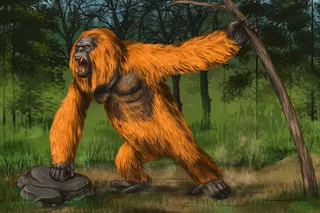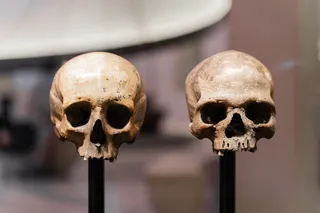Taking your dog on a walk or tossing around your cat’s favorite toy may seem like a uniquely modern activity. But humans have lived alongside animals for a long time — and have loved them for almost as long.
In fact, it was as many as 40,000 years ago that the first animals began to be tamed and domesticated through their interactions with our ancient ancestors, transforming from wild beasts into beloved friends and, in some instances, family.
But a domesticated animal and an adored pet aren’t always the same thing. Discover the difference between domesticated and pet animals, and explore the ways that these animals — especially dogs and cats — were treated in cultures and civilizations all around the ancient world.
Read More: Did Ancient Humans Actually Have Pets Just Like Us?
Specialists say that a domesticated animal, also known as a domesticate, is an animal that’s domesticated ...















